How to Develop Emotional Intelligence in Children
This post may contain affiliate links.
by teacher, administrator and speaker, Michelle Macchia.
It is predicted that by the time our children join the workforce, they will be expected to work in ways that are quite different from the way in which previous generations have been required to work. They will be expected to be fluent in digital media, apply critical thinking skills to solve complex problems, and collaborate with colleagues and clients of various cultural backgrounds.
We are already starting to see this phenomenon in our daily lives. Our schools, neighborhoods, and communities are becoming more diverse. World travel and communication with people from around the world are commonplace. It is also becoming a rite of passage for some students who complete service learning projects which promote scholarship, fellowship, and community service. Our children are being taught to unlock their cultural treasure chests by learning about others and leaving their cultural imprint on the world. Let’s face it: Our world is becoming smaller. And that’s where the advantage of emotional intelligence comes in.
Parents and educators can use literature to teach their children and students how to be more compassionate and inclusive of others. Developing high emotional intelligence in our children is an attainable goal when we use all of the great literature resources that are available. Rich language and inviting illustrations allow us to step inside the worlds of people from backgrounds that are very different from our own–they beckon us to sit in on the conversations, experiences, and feelings of others.
Emotional Intelligence in Children
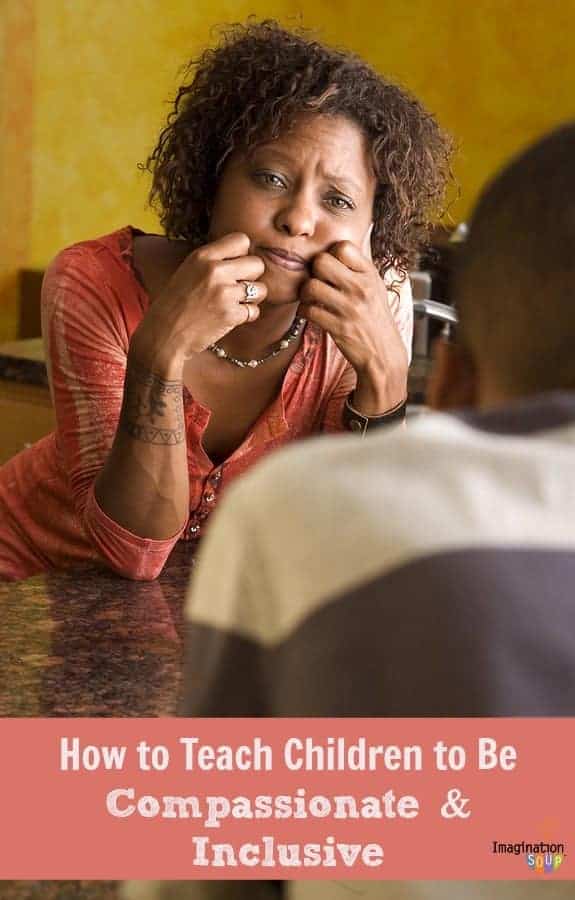
But where do you find this culturally rich literature?
Lee & Low is one excellent source. It specializes in culturally authentic literature for children and young adults. Their website offers resources for home and school, including a section about discussions on race and titles that support these discussions. Educators will also appreciate the downloadable Active Learner Classroom Guides for their publications, which can be sorted by cultural interest and reading level. Here are some of my favorite Lee & Low books:
• Armando and the Blue Tarp School by Edith Hope Fine and Judith Pinkerton Josephson
• Caravan by Lawrence McKay, Jr.
• George Crum and the Saratoga Chip by Gaylia Taylor
• Bird by Zetta Elliott
• How We Are Smart by W. Nikola-Lisa
As you begin the work of teaching your children and students to become more empathetic and culturally aware, remember that instilling these values in our children is a process that takes time. Getting results requires a steady diet of daily practice and good, old-fashioned caring. But once you start the process, you will begin to see the results. Even if it takes a while, your kids can just enjoy the poignant stories while they absorb the lessons at their own pace. Making such a huge investment in your child’s future will yield big dividends and will definitely be worth the wait. Happy reading!
Suggested Emotional Intelligence Resources for Families and Educators:
Books
• Colorado Colorin: A bilingual site for families and educators of English language learners
School Activities
Home Activities
 Bio: Michelle Macchia is a teacher and administrator in the Morris School District in Morris County, New Jersey, as well as Member of the Board of Trustees for Essex Valley School, a school for students with disabilities and disciplinary issues in West Caldwell, NJ. She was recently invited to speak on the topic of culturally responsive learning environments at the 2010 New England Conference on Multicultural Education. Mrs. Macchia holds a Masters in Education from Columbia University and earned her undergraduate degree at UCLA.
Bio: Michelle Macchia is a teacher and administrator in the Morris School District in Morris County, New Jersey, as well as Member of the Board of Trustees for Essex Valley School, a school for students with disabilities and disciplinary issues in West Caldwell, NJ. She was recently invited to speak on the topic of culturally responsive learning environments at the 2010 New England Conference on Multicultural Education. Mrs. Macchia holds a Masters in Education from Columbia University and earned her undergraduate degree at UCLA.
Melissa’s Note: Thank you, Michelle. We read so much about the importance of a high EQ, it’s very helpful to know about resources to help.
Some rights reserved by Ernst Vikne
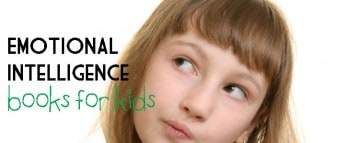
Emotional intelligence books for kids
Toys for Emotional Intelligence
EQ Board Game


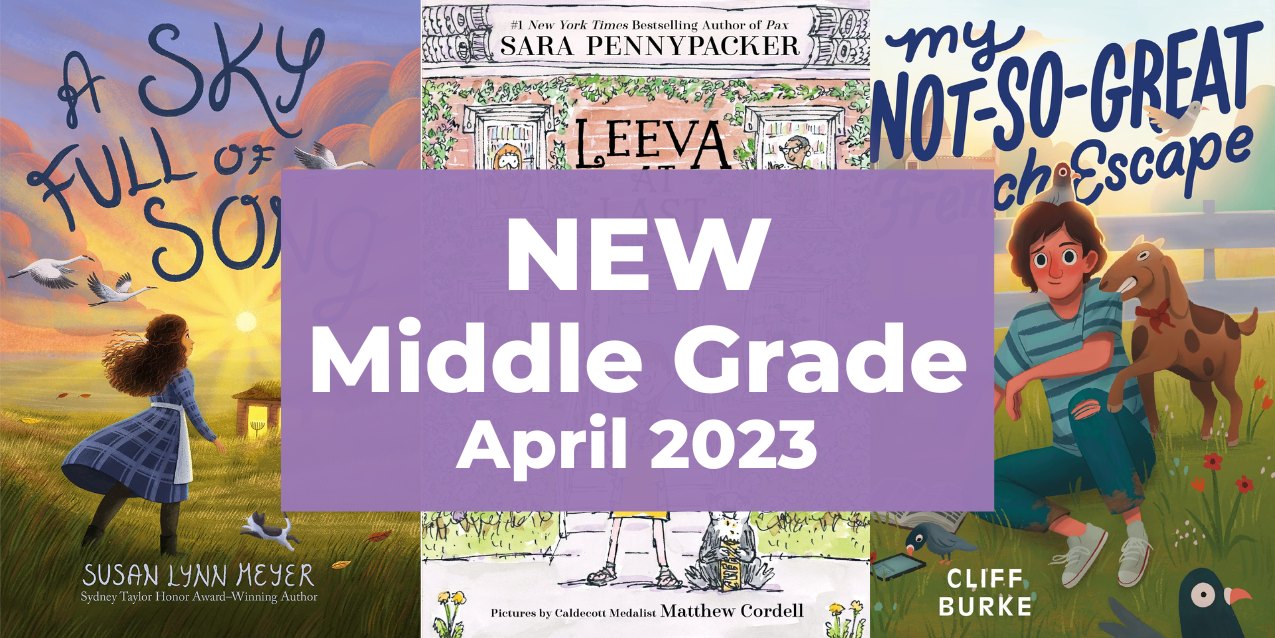
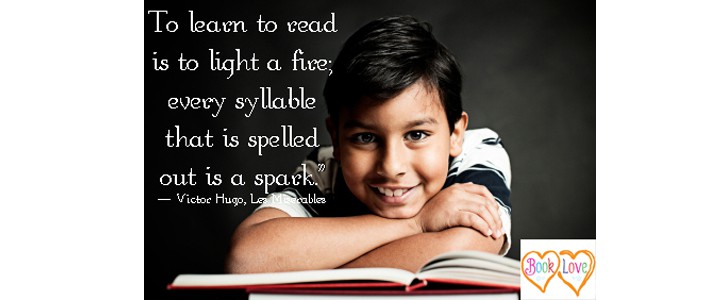

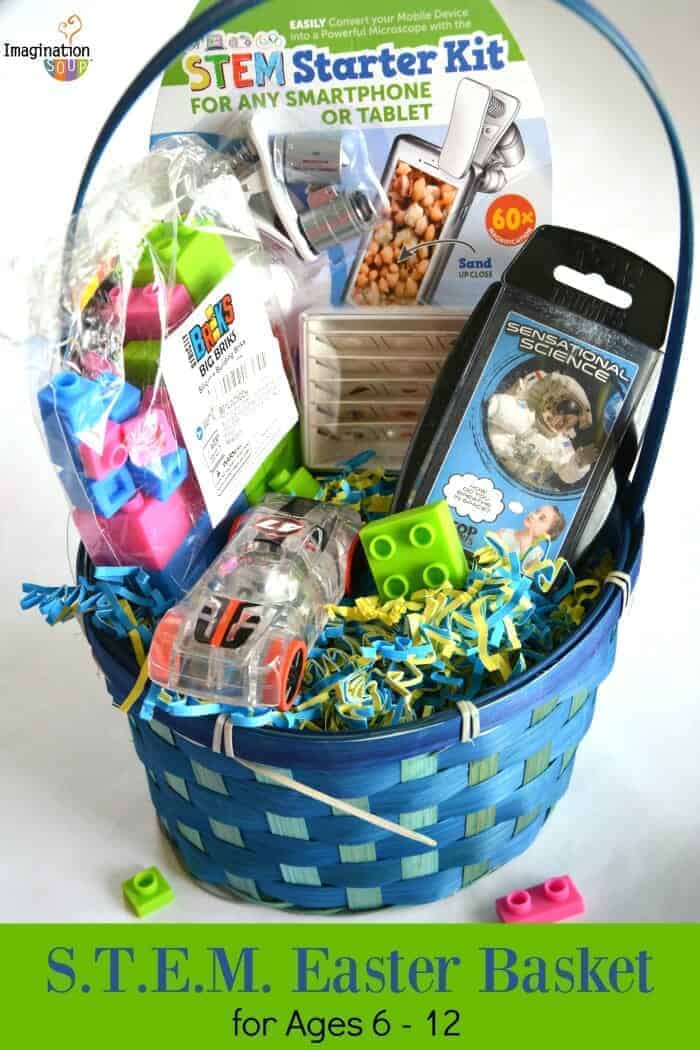

Yes! Bird is one of my favorites. At first I wasn’t sure it would be appropriate for my young students, because Bird’s experience is so far outside my students’ world. I thought that the themes might be too heavy for most of them. Then, after a week of deliberating, I decided that I needed to share the book with my third graders, because I have a student in my class who understands this world and a whole bunch of students who have no idea this world even exists. I think that it’s important for this child to know that an award-winning book–a book that illustrates an example of hope for students who live in the same world as Bird–has been written about (and for) him. Yes, the discussion may be awkward for some, but with the proper care and facilitation, it can be an effective tool. The year just keeps getting better for this child.
books: BIRD is definitely wonderful; BADGER’S PARTING GIFTS, MR. NICK’S KNITTING, A WIND IN THE DOOR, WHERE THE MOUNTAIN MEETS THE MOON, MARCELO IN THE REAL WORLD & LAST SUMMER OF THE DEATH WARRIORS, RETURN TO SENDER, RUBY LU books, YORUBA GIRL DANCING, THE TROUBLE WITH HALF A MOON, and many more!
fantastic post. thank you! I also love the resources of the Morningside Center (http://www.morningsidecenter.org/). I’ve been to some great SEL workshops they held, and one that Linda Lantieri did on helping children build inner resilience. Really thoughtful work.
Very helpful post, thanks Heather! In the past several years I’ve noticed a healthy rise in the number of books teachers and parents can use to encourage emotional intelligence in children. Our Runt Farm chapter book series is fueled by this intention, as are many new contributions to children’s literature, including recent picture books published by one of my favorite bilingual publishers, Cinco Puntos Press.
Ceci,
I just checked out Cinco Puntos Press, and I love it!!! I’m starting a thematic unit on Native Americans and NJ. They have section of books about the Choctaw, which I can use for the introduction to the Native Americans part of the unit. Thank you!!!
Thanks Melissa and Michelle,
I love that line “Our children are being taught to unlock their cultural treasure chests by learning about others and leaving their cultural imprint on the world.” It’s wonderful that the world is getting smaller and our communities are becoming more diverse. What a great opportunity to help our children learn about, connect with and accept others into their lives.
Heather x
Heather,
Thanks for the kind words. I really began to think of our individual contributions as “imprints” after I visited the “America I Am” exhibit when it was in Philadelphia a couple of years ago. The metaphor can be used to help younger children better understand the concept. It can be tied to science and art as well. The exhibit is traveling across the U.S. Here’s the URL:
http://www.americaiam.org/Pages/home.aspx